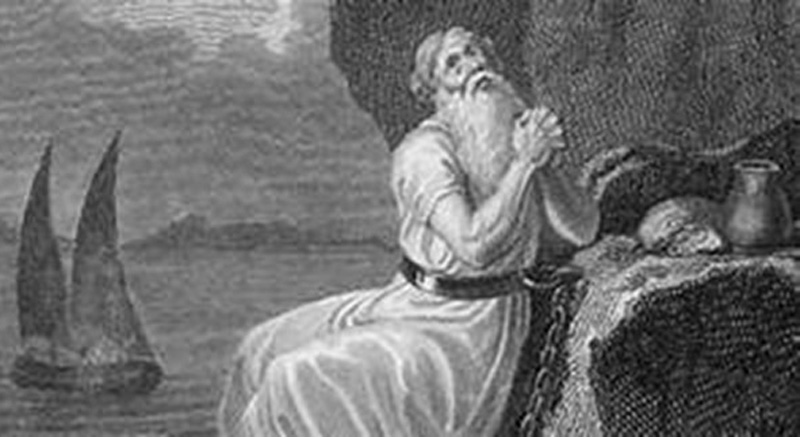(c. 590-655)
Little is known of Martin’s early life. None-the-less, after being elected the bishop of Rome in 649, he certainly made his mark on the Church. One of his first missions was to call a local Council which established the correct theology of the church regarding the two wills of Christ. By 451, at the Council of Chalcedon, the church had synthesized centuries of theological debate by teaching, authoritatively, that the divine nature of the Second Person of the Trinity and the human nature of Jesus were distinct but united in the one person of Jesus Christ. This merging of divine natures in one person is called the hypostatic union. The Son of God, then, truly took flesh and experienced all things, save sin, that a man experiences.
Eastern Christians, primarily in Egypt and Syria, clung to a Monophysite, or one nature, theology of Jesus Christ long after Chalcedon had settled the matter. The Second Council of Constantinople in 553 attempted, unsuccessfully, to pull the Monophysites back into the orbit of Chalcedon. By the 600s, tensions between Chalcedonians and Monophysites were a political problem for the Byzantine empire. So, some Eastern theologians, supported by the Emperor, looked for common ground and proposed a one-willed Christ, instead of a one-natured Christ.
This one-will heresy is called Monothelitism (monos = one; thelos = will). The issue of Christ’s will(s) had never been formally resolved, so the Emperor hoped a one-willed, instead of a one-natured, Christ would placate the Monophysites and unite his theologically diverse subjects.
For this teaching and its broad dissemination, Martin was abducted in Rome by emissaries of the Byzantine Emperor Constans II, brought to Constantinople, and humiliated. Martin refused to retract or bend to the Emperor’s incorrect theology, which denied that Christ had a human will. Martin was imprisoned, publicly flogged, maltreated, condemned for treason, and exiled from Constantinople to the Crimean Peninsula on the Black Sea. And there the Pope died—naked, starving, forgotten, and alone—far from Rome, in the year 655, a victim of bad theology and the last pope, so far, venerated as a martyr.
Martin’s theology of the two wills was vindicated when it was explicitly defined by the Third Council of Constantinople in 681. This Council taught Christ’s human will was “in subjection to his divine and all-powerful will.” That is, Christ’s two wills were separate in their natures but freely united in their object.
Adapted by A.J. Valentini from: My Catholic Life! (2020, June 15). St. Martin I, Pope and Martyr. https://mycatholic.life/saints/saints-of-the-liturgical-year/april-13-saint-martin-i-pope-and-martyr/
